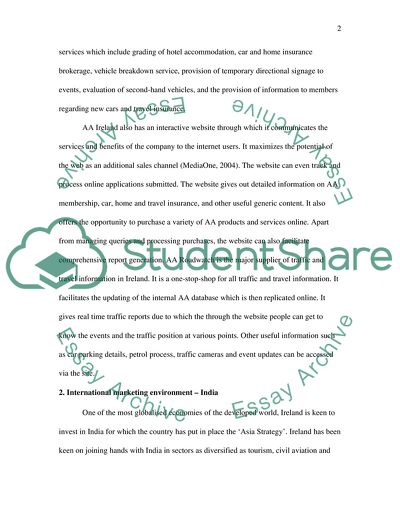Cite this document
(Business Plan for Internationalize AA Ireland Coursework, n.d.)
Business Plan for Internationalize AA Ireland Coursework. https://studentshare.org/marketing/1705937-business-plan-for-internationalise-aa-ireland
Business Plan for Internationalize AA Ireland Coursework. https://studentshare.org/marketing/1705937-business-plan-for-internationalise-aa-ireland
(Business Plan for Internationalize AA Ireland Coursework)
Business Plan for Internationalize AA Ireland Coursework. https://studentshare.org/marketing/1705937-business-plan-for-internationalise-aa-ireland.
Business Plan for Internationalize AA Ireland Coursework. https://studentshare.org/marketing/1705937-business-plan-for-internationalise-aa-ireland.
“Business Plan for Internationalize AA Ireland Coursework”. https://studentshare.org/marketing/1705937-business-plan-for-internationalise-aa-ireland.


